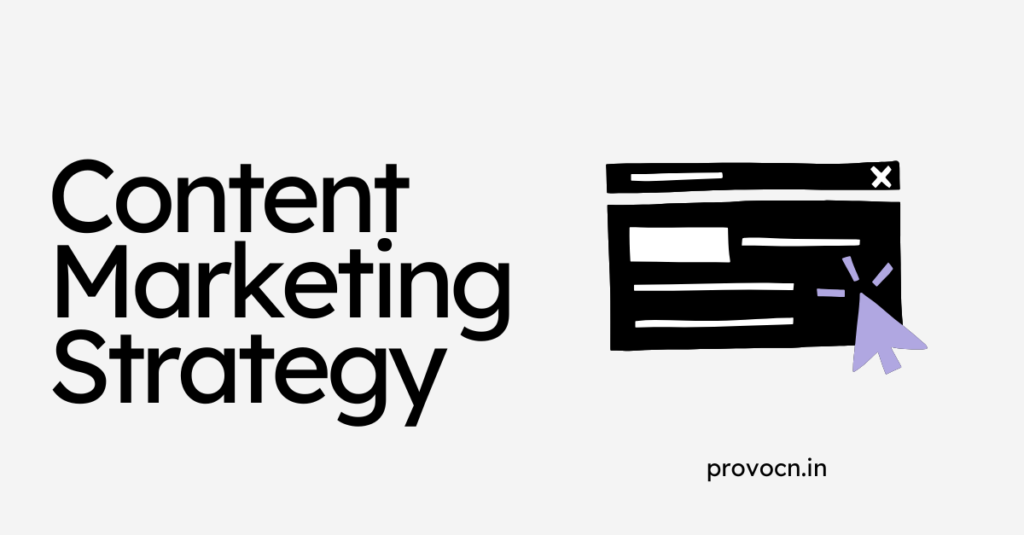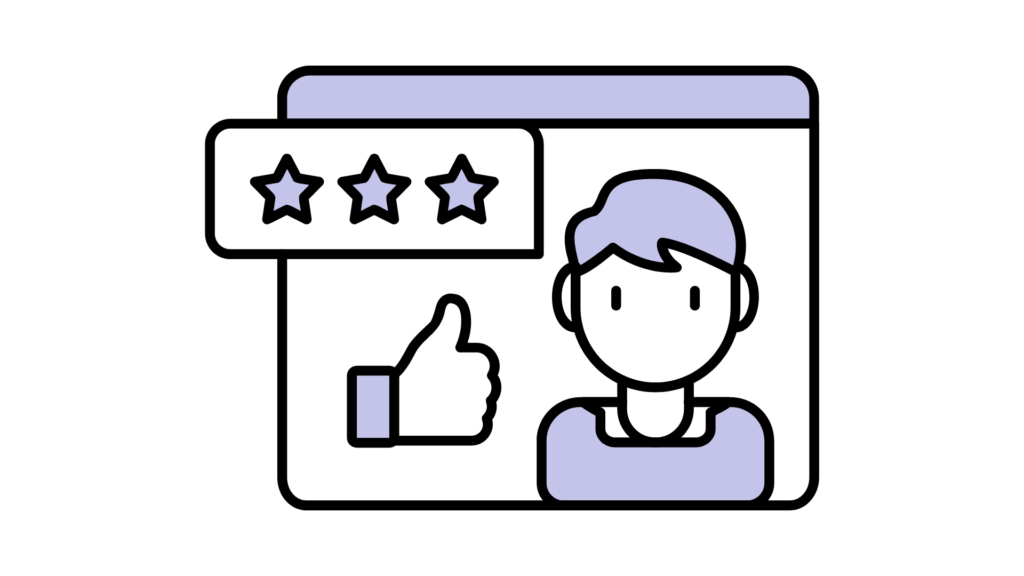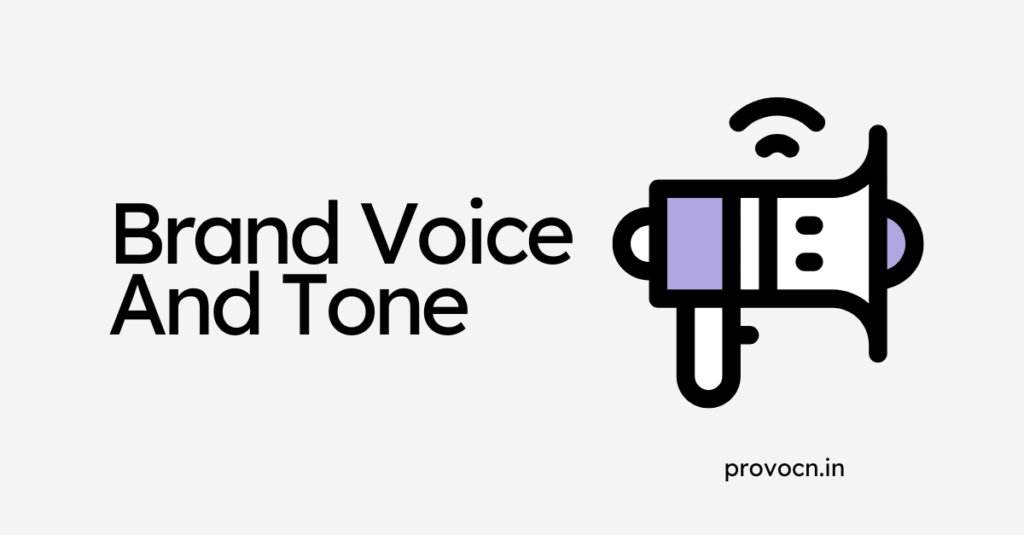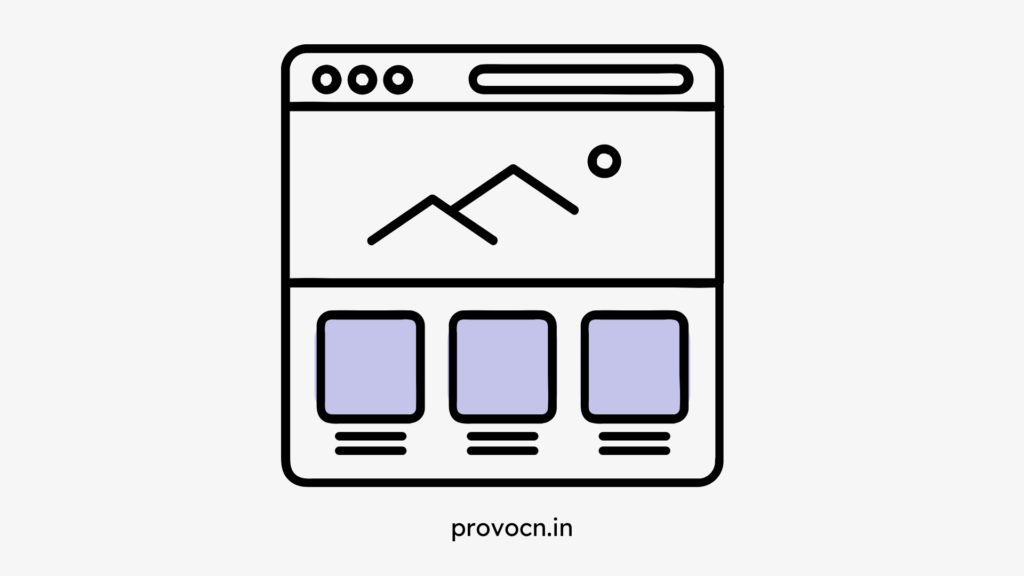Content Distribution Channels: The Complete Guide
Published on January 4, 2025 by Anisha Patel
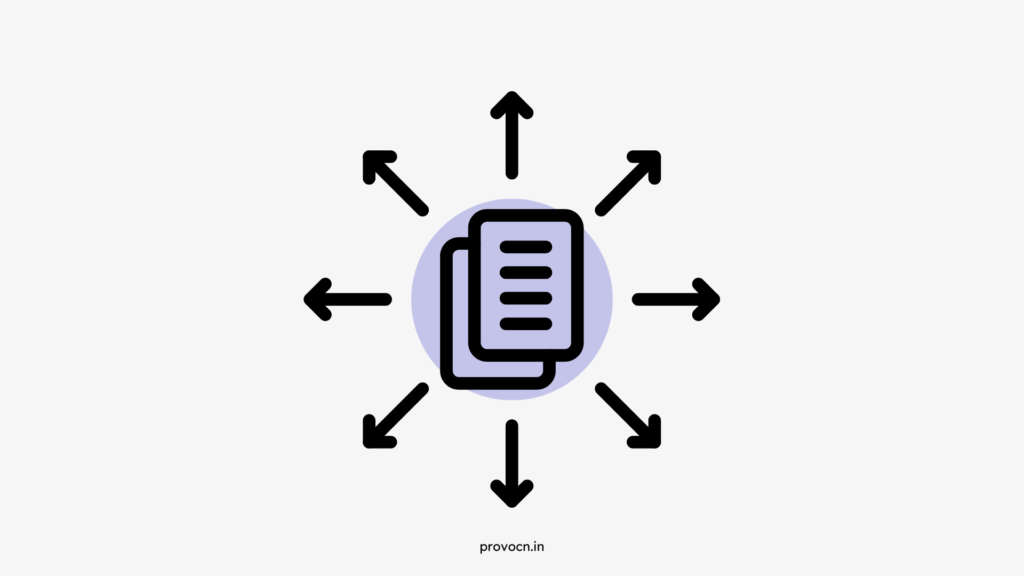
Content creation is only half the battle, the other half lies in ensuring your content reaches the right audience. This is where content distribution channels come into play.
In this blog, we’ll explore what these channels are, how to choose the right ones, and strategies to maximise their impact. Let’s dive in!
What Are Content Distribution Channels?
Content distribution channels are the platforms or mediums through which you share and promote your content and reach your target audience.
In the past, the popular content distribution channels were radio, TV and newspaper. And these days they are websites, emails, social media and more.
These channels can be broadly categorized into three types:
1. Owned Channels:
These are platforms that your business controls completely. Such as,
- Website/blog
- Email newsletters
- Social media profiles
- Apps/community forums
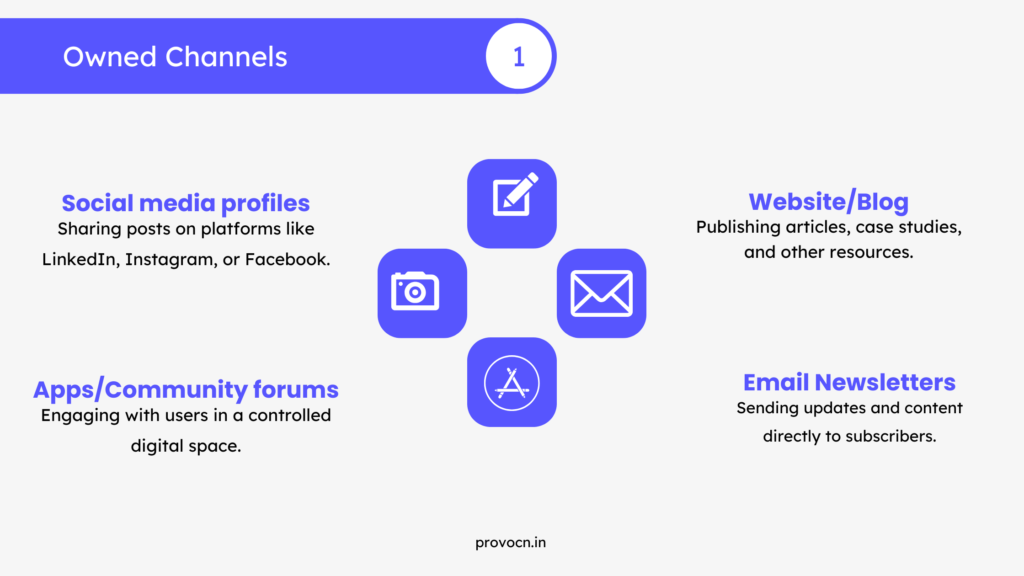
2. Earned Channels:
These involve third parties sharing or promoting your content without payment. Such as,
- SEO
- Mentions
- Shares
- PR
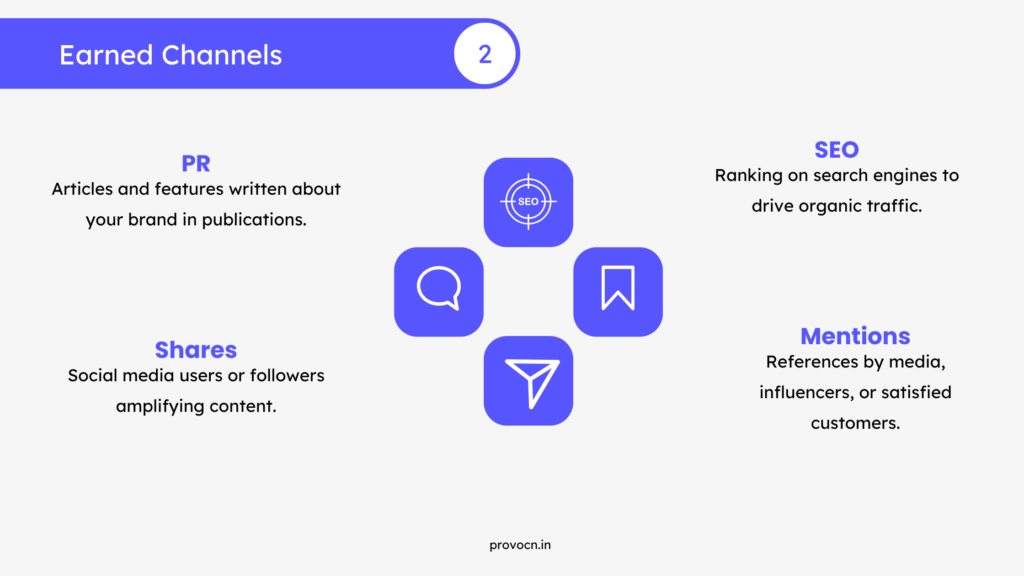
3. Paid Channels:
These require monetary investment to reach a broader audience. Such as,
- Social media ads
- Search engine ads
- Sponsored content
- Influencer marketing

Understanding these categories helps you map out a distribution strategy that aligns with your goals and resources.
Most Effective Content Distribution Channels
Here are some of the most impactful channels to distribute content:
1. Social Media
Platforms like LinkedIn, Instagram, Twitter, and Facebook are powerful for reaching diverse audiences. Tailor your content for each platform to maximise engagement.
2. Email Marketing
Newsletters remain one of the most cost-effective ways to reach a loyal audience. Please make sure to personalize your emails to improve open and click-through rates.
3. Search Engines
SEO ensures your content ranks high on Google, driving organic traffic. Optimising blogs with relevant keywords and meta descriptions is crucial.
4. Content Syndication
Partnering with other websites to republish your content can help you tap into new audiences.
5. Community Platforms
Engage with niche forums, Reddit, or Quora to share your expertise and drive traffic back to your site.
6. Paid Ads
Invest in PPC campaigns or sponsored posts on social media to boost visibility.
How to Choose Content Distribution Channels?
Choosing the right channels involves aligning your content with your audience’s preferences and behaviors. Here’s how you can make informed decisions:
- Step 1: Know your audience
- Step 2: Define your goals
- Step 3: Audit existing channels
- Step 4: Understand the content channel fit
- Step 5: Consider your resources
Step 1: Know Your Audience
The first step is knowing your audience. Analyze your target audience’s demographics, preferences and online behaviors.
You can use tools like Google Analytics, audience surveys and social media insights to get valuable data.
Next, identify their preferred content formats. For e.g., articles, videos or infographics.
Understanding your audience is the foundation of any successful content strategy. Knowing who they are and where they spend their time online ensures your content reaches the right people.
Step 2: Define Your Goals
Now, clearly state what your goals are. Are you aiming to drive website traffic, generate leads or increase brand awareness?
Your goals and objectives will dictate the most suitable channels for you. Different goals align with different channels. For example: If your goal is to be known as a funky brand you should focus mostly on social media.
Step 3: Audit Existing Channels
In step 3, we’ll audit your existing channels. Review the performance of your current distribution channels. Identify which ones are driving the most engagement and conversions.
Evaluating the performance of your current channels helps you focus on what’s working and improve or discard underperforming ones.
So, examine analytics data for each channel. You can use tools like Google Search Console, HubSpot or Hootsuite Analytics for a comprehensive review.
Focus on metrics like
- Engagement rate
- Conversion rate
- Bounce rate
Then, identify channels that align with your goals. For example: If Facebook is driving high traffic but low conversions, it might be better for brand awareness than lead generation.
Step 4: Understand the Content-Channel Fit
In step 4, you need to match the type of content you create to the channels where it performs best.
For example, long-form blogs might thrive on your website, while short videos are better suited for social media platforms like Instagram or TikTok.
Different content formats thrive on different platforms. Choosing the right match ensures better engagement and ROI.
So, analyze which types of content resonate on each platform:
- Long-form articles: Perform well on blogs, LinkedIn, and Medium.
- Short-form videos: Best for TikTok, Instagram, or YouTube Shorts.
- Infographics: Highly shareable on Pinterest and Instagram.
You can also test your content on various platforms and refine your strategy based on audience response.
Step 5: Consider Your Resources
In the final step of choosing content distribution channels, we’ll focus on your resources.
Assess the time, budget and tools you have for content distribution. Paid channels may deliver quick results but require consistent investment.
Your distribution strategy must be sustainable. Overextending your budget or team can hinder your long-term success.
Ask yourself or your team these questions:
- Time: Can your team manage daily social media posts, or is weekly more feasible?
- Budget: Are paid ads sustainable, or should you focus on organic channels?
- Tools: Leverage tools like Canva for design, Buffer for scheduling, or Google Ads for paid campaigns.
Prioritise high-impact, low-resource channels to start and scale up as you grow.
Final Words
The key to effective content distribution lies in understanding your audience, selecting the right channels and employing strategies that maximize your content’s reach and impact.
Regularly assess your performance and adapt to changing trends to stay ahead in the competitive content marketing landscape.
Remember, great content deserves to be seen and with the right distribution strategy, it will be.
Need help with content marketing? Let’s take your strategy to the next level together. Explore our services and let’s create something extraordinary.




